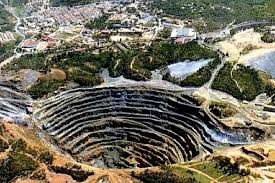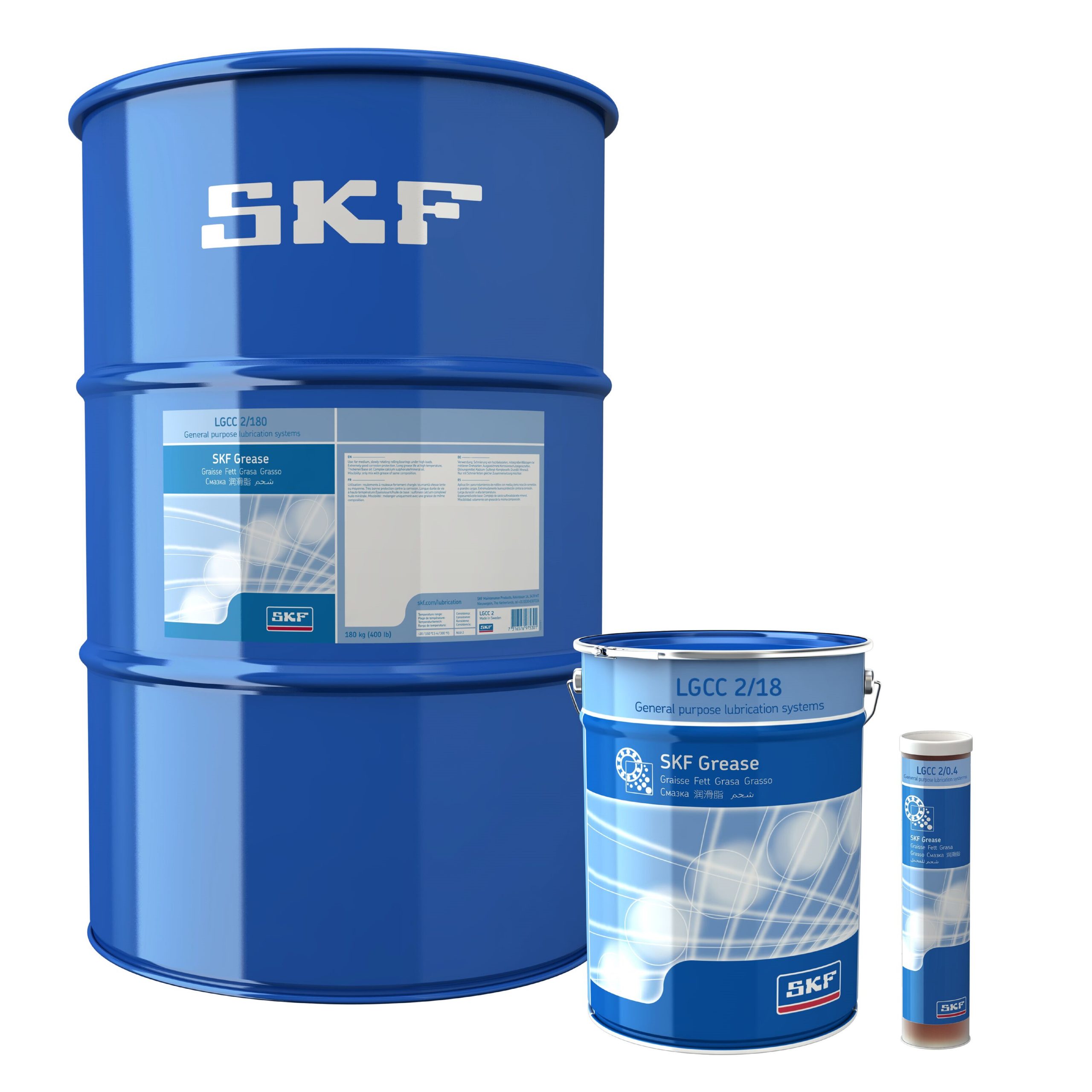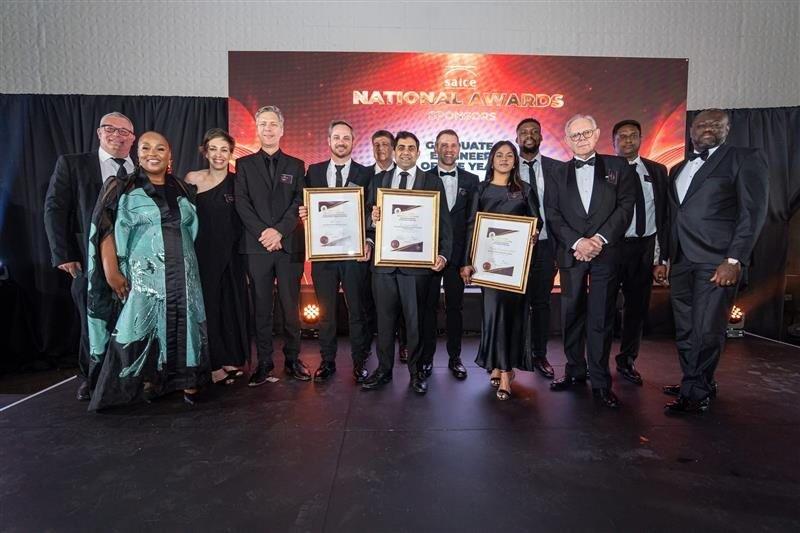
Africa is probably the richest continent when it comes to mineral deposits. It is favoured with diamonds in Southern, Central and West Africa. Gold is mined in most parts of Africa with South Africa being a leader in this area. Minerals like coal, copper, chrome, asbestos, platinum, nickel, lithium, iron ore, oil, emeralds and many others are found on the African continent. It is because of these resources that history records what is now known as the Scramble for Africa, where European powers sectioned Africa into parts for themselves. This was a move to secure the resources of the vast continent for themselves. This led to the colonization of Africa and the exploitation of its resources and minerals by these western powers.
Africa is the largest producers of diamonds with Botswana being the second biggest producers in the world after Russia. Southern Africa in fact is the biggest producer of Africa’s diamonds with countries like South Africa, Namibia, Angola, and Zimbabwe including Botswana amongst the leaders in the world. In Central Africa the D.R.C produces these mineral through artisanal mining. Sierra Leone in West Africa is also a producer of these precious minerals. Botswana is the leading diamond producing country in terms of value and the second largest in terms of volume. The Botswana mines are owned by the government in partnership with DeBeers which owns 50% of the Diamond mines. The country has 7 times with Orapa and Jwaneng being the two most important ones. These are two of the most prolific diamond mines in the world. The country produces a full range of diamonds in all sizes, colour and clarities. Most of its diamond production is gem quality, nicely shaped dodecahedrai stones, medium and high colours and often with a greenish skin. Botswana earns 3 billion US dollars per year from its diamond production.
The Democratic Republic of Congo in Central Africa is Africa’s largest producer however; its production details remain sketchy. The informal sector does a lot of the production. The only commercial diamond producer in the country is Miniere de Bakwange (MIBA) a joint venture between a Belgian company Sibeka and the DRC government. DeBeers holds a 20% stake in Sibeka and markets about 30% of the country’s diamond. It is estimated that about 700 000 artisanal diamond miners, mine the country’s alluvial diamond mines. The country has a large potential for additional diamond sector. As of now the country’s diamond mining has taken place at a very small scale and only a considerably small area has been explored using modern technology.
Zimbabwe’s diamond mines are found in the Midlands with Morowa being mined by Rio Tinto Zimbabwe a few kilometres from Zvishavane and the rest of the diamond mines being located in Manicaland. Private foreign firms used to operate the Manicaland mines which were mostly operated by the Chinese. Government has taken over the mines through its Zimbabwe Mineral Resources Company and has declared diamonds a strategic mineral. Artisanal mining of the gem stones in Manicaland has been brought under control. In the past year the country produced 10.4 million carats valued at US$ 530.5 million. Murowa Diamond Mine produces beautifully shaped and smooth skin diamonds with high quality and medium range colours considered somewhat any anomaly.
Murowa Diamond Mine Zimbabwe

Angola has extensive diamond resources located in the provinces of Luanda None and Luanda Sul. Its estimated that its diamond reserves are 180 million carats. Angola operates the worlds fourth largest mine which is Catoca. Annually the mine produces 7 million carats and is run by Sociadade Meneira de Catoca. Angola has also alluvial mines operated by artisanal miners. Diamond mining is done in agreement with ENDIAMA the state owned Diamond Company and marketed by SODIAM the state owned marketing company.
South Africa has the most diverse range of diamonds deposits in the world. Deposits include open and underground kimberlite pipe, dyke fissure mining, alluvial mining and an offshore marine mining. DeBeers operates the South African Diamond Mines. South Africa’s diamond production has risen from 8.1 million carats in 2013 to an estimated 10 million carats in 2018.
Lesotho though not a large produce of diamonds in terms of volume, produces very large diamonds on a consistent basis. Every year the country produces several diamonds larger than 100 carats making it the highest price per carat production in the world. Its diamonds are large block shaped stones in high white colour and clarities. Lesotho though a major player in diamonds is rated outside the top ten producing countries in the world.
Sierra Leone in West Africa produces diamonds mostly through artisanal mining. Unfortunately most of its diamond was sold to purchase arms by bandits fighting its government. This led to its diamonds being labeled Blood Diamond and could not be sold in the open market. More could be done in Sierra Leone if steps to do away with artisanal mining are done to formalise the sector.
In the past year African countries produced a combined 79.499 million carats valued at almost 7 billion dollars.







